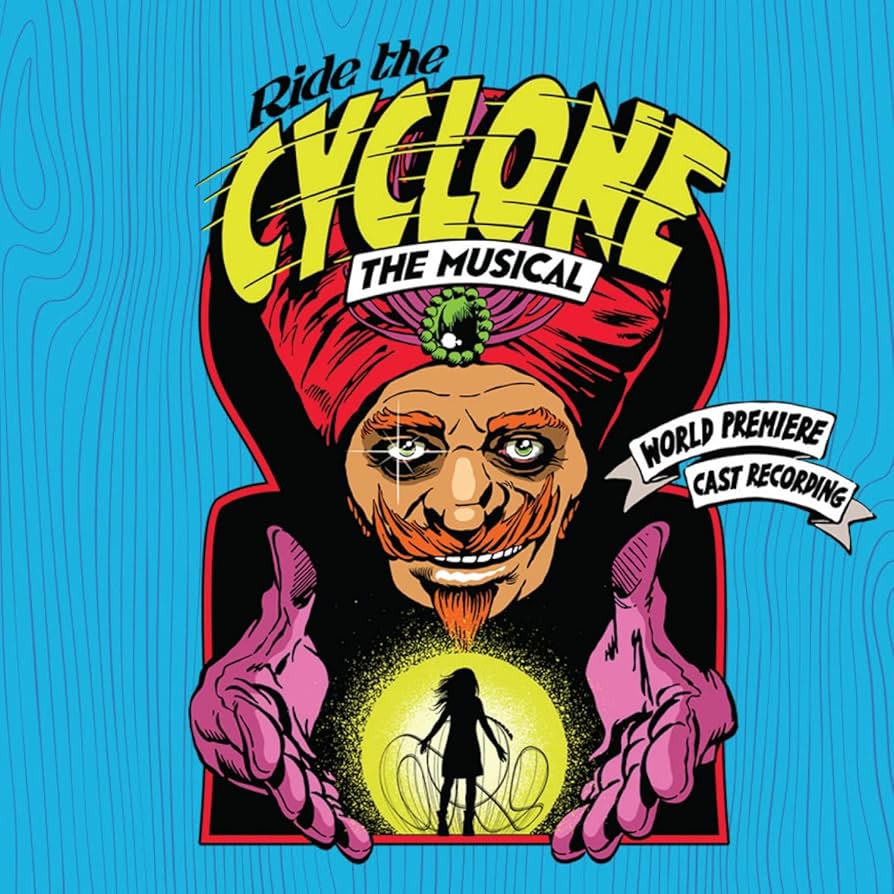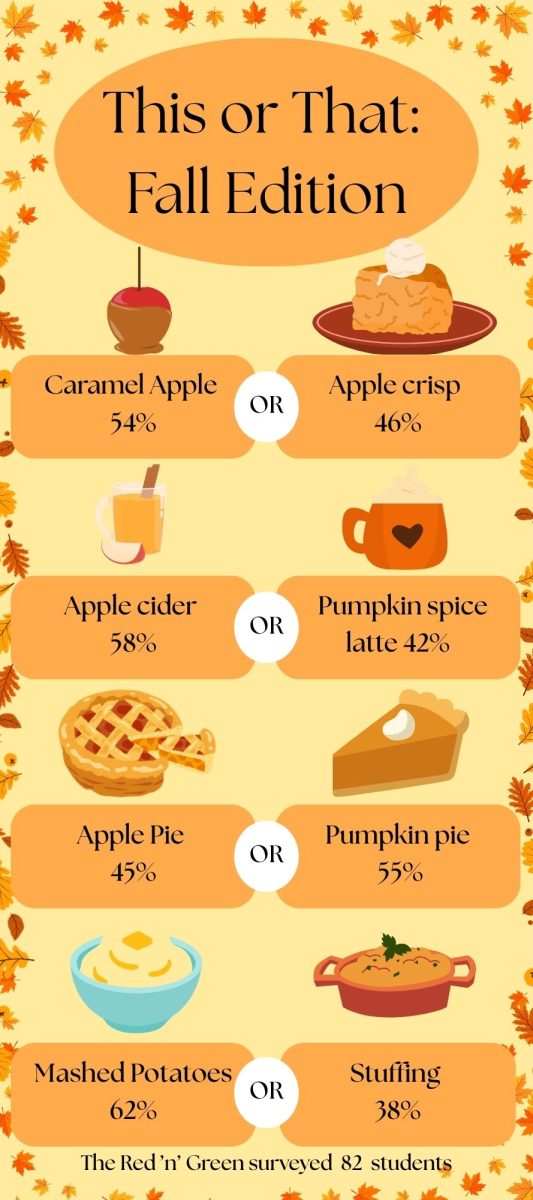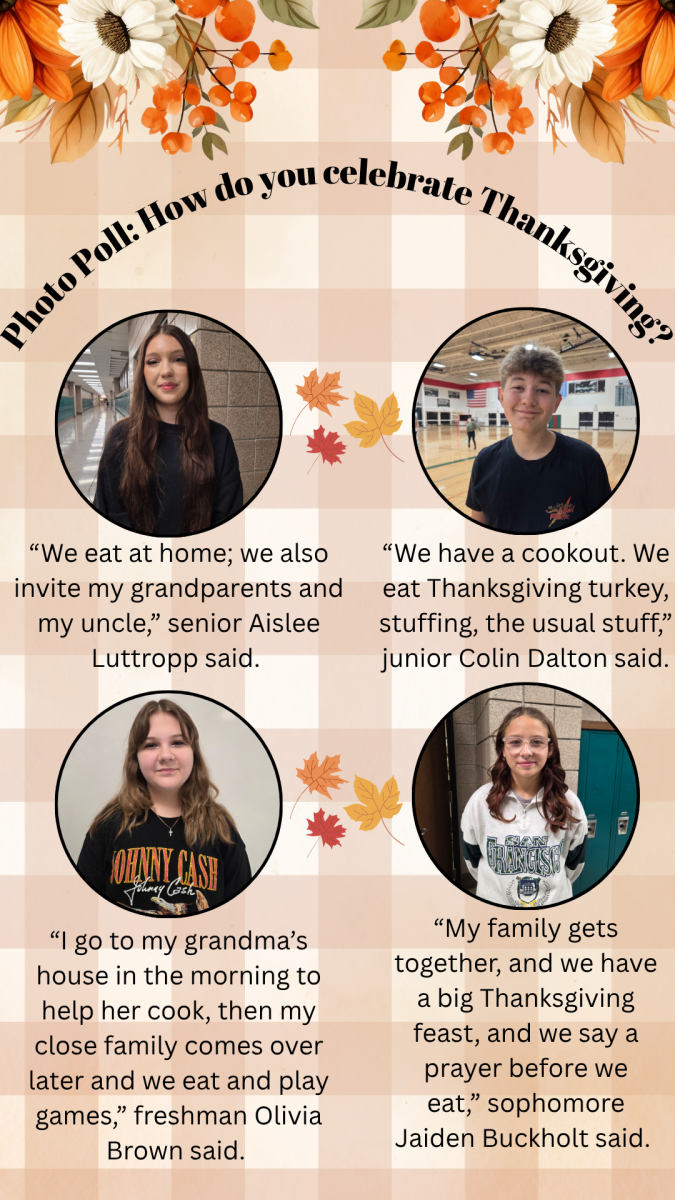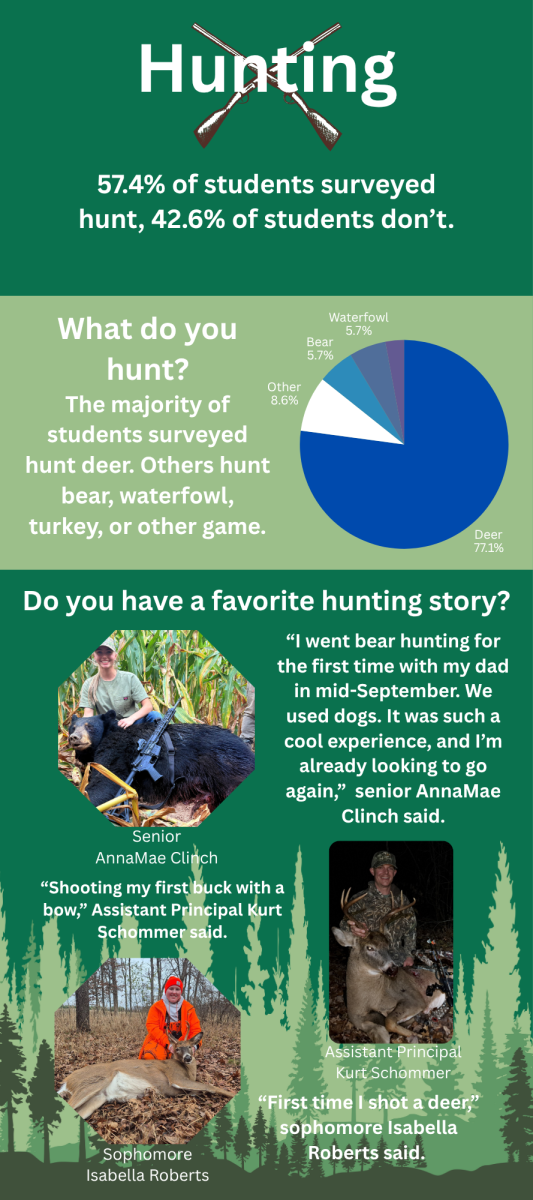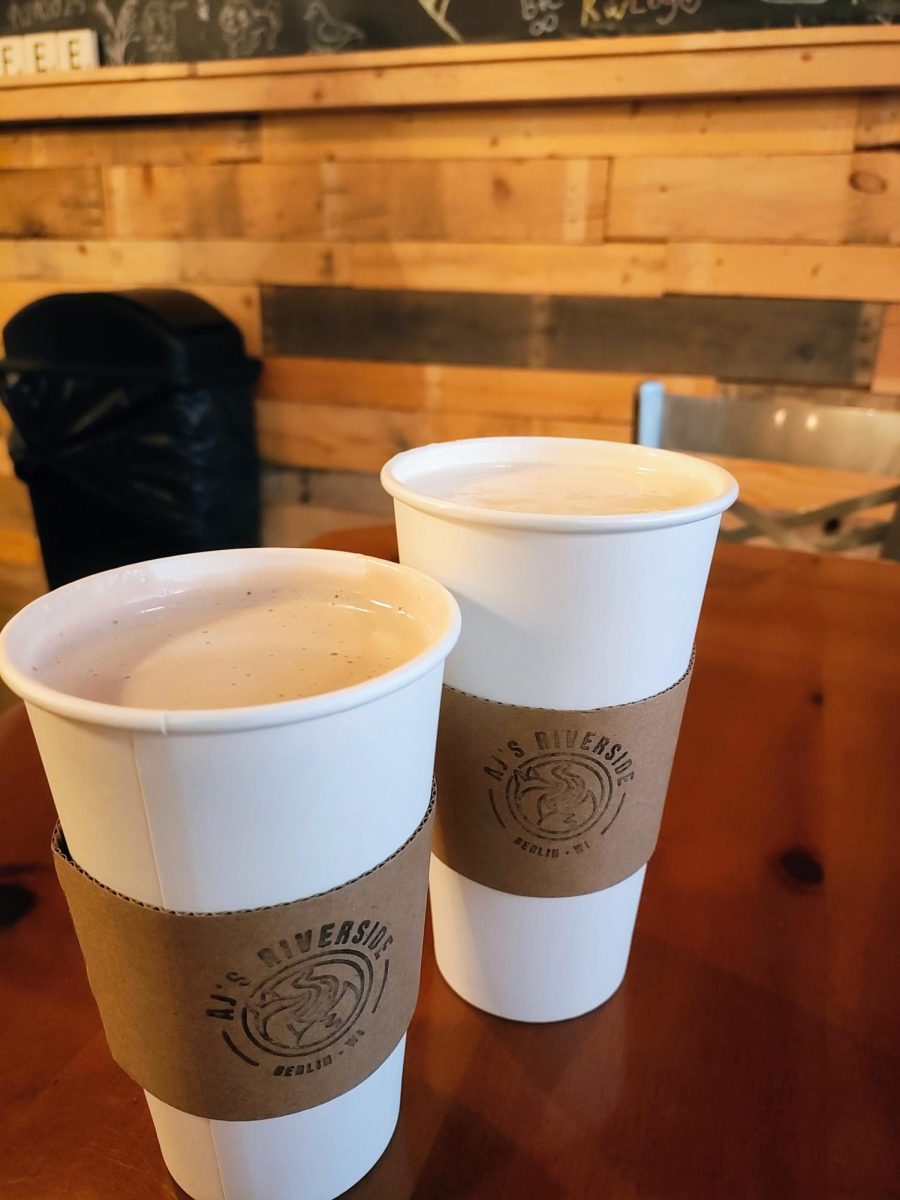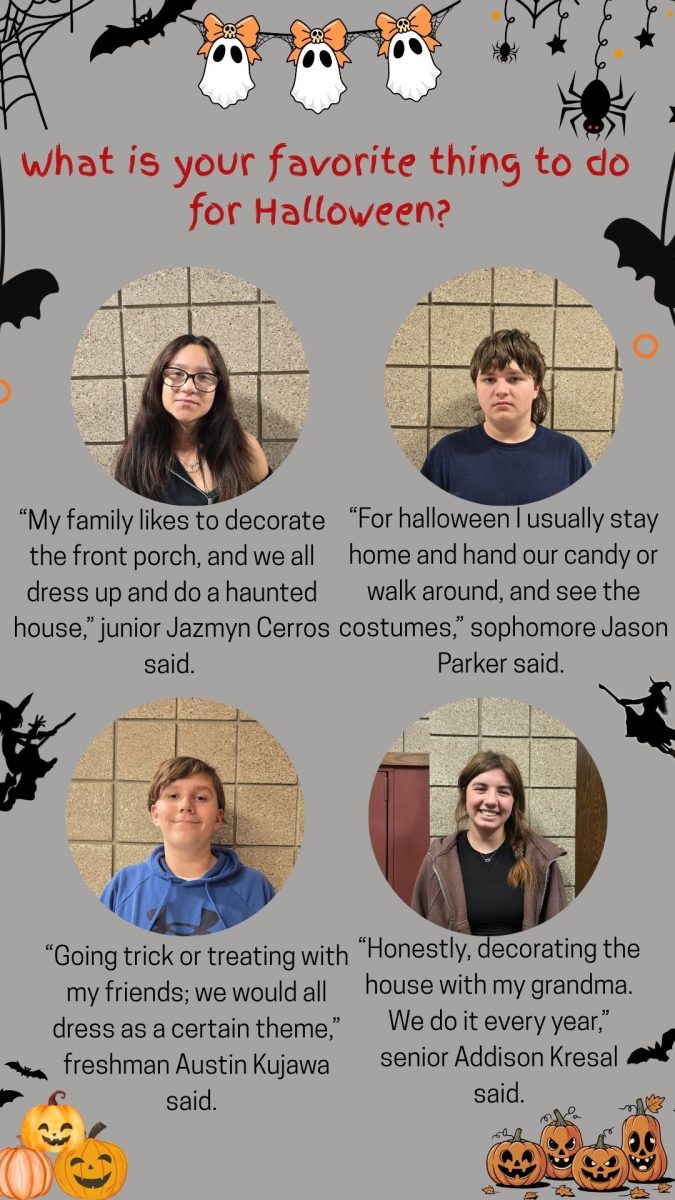“Ride the Cyclone” is a fantastic musical by Jacob Richmond and Brooke Maxwell that takes place in between life and death right after a tragic incident with the fictional roller coaster The Cyclone. The host or narrator of the musical is Karnak, a fortune teller robot who went from reading people’s fates to being an attraction for the fair in which the musical starts. The premise of the musical is that the Uranium Choir is at a fair, it’s a high school group consisting of the lead singer Ocean, her “best friend” Constance, Ricky who despite being in the choir is mute, Mischa who is originally from Ukraine, Noel who works at Taco Bell and is gay, and finally Jane Doe who loses her head and has no idea who she is, nor does anyone else, hence the name Jane Doe.
Unfortunately the musical heavily relies on visuals and spoken lines that aren’t in the cast recordings that are available on streaming services like Spotify, Apple Music, and Youtube. This fact is brought up in multiple cases, like in the end of “Every Story has a Lesson” which says “P.S. The second movement of this section won’t make a lick of sense until you see it live. And that, my friends, is a masterclass in how to upsell.” Due to these limitations, some things may be unclear to individuals who just want to listen without looking up the lyrics to have further clarification. However, with enough listening and help from various sources like Genius.com, the story can be understood and thus results in a more pleasant listening experience.
In most of the actual songs, meaning the songs that have sung lyrics and not just spoken transitions into the more important songs, there are auditory allusions to rollercoasters and fairs. For example, in ‘Noel’s Lament’ the final bridge uses a combination of an accordion and cymbal to replicate the sound of a steam powered roller coaster slowly climbing to the top, and speeds up as the roller coaster speeds down hill. This same idea is also shown in the lyrics of that song such as “my life’s one never ending carnival, a whirl of boozy-floozy flashing light.” This directly says how his life is a never ending carnival because they are still in a carnival during the show, just not exactly alive or dead, resulting in a genuine never ending carnival. Another interesting part about “Noel’s Lament” is the name. A lament is typically a passionate display of grief or sorrow, which is not Noel’s song. Noel’s song more closely follows a ballad, which is a slow sentimental song or a song narrating a story, both of which are in “Noel’s Lament.” The reason Noel deems it a lament is because he wants his life to be sorrowful and worth grieving, but he’s only telling a story in the song of what he wishes he was.
Ballads and laments are important because of another song that also uses the aforementioned allusions of a carnival. The song is called “The Ballad of Jane Doe” which ironically is technically a lament rather than a ballad. This is due to the fact that her song revolves around her lack of identity and how she wishes she knew who she was. The part about this song that is particularly interesting is how instead of instruments Jane Doe uses her own voice to emulate a rollercoaster slowly climbing to the top. However, instead of a fast descent it’s drawn out and slow, a distinct contrast to “Noel’s Lament.”
In terms of the actual music, this musical does everything right. The catchy songs are made to stay in people’s heads for weeks, and the intriguing lyrics that will continue to surprise the community all work together to create a fun musical. However, the unfortunate lack of context without the visuals and the spoken lines could result in some confusion. Overall, this musical deserves a 4.5/5.

